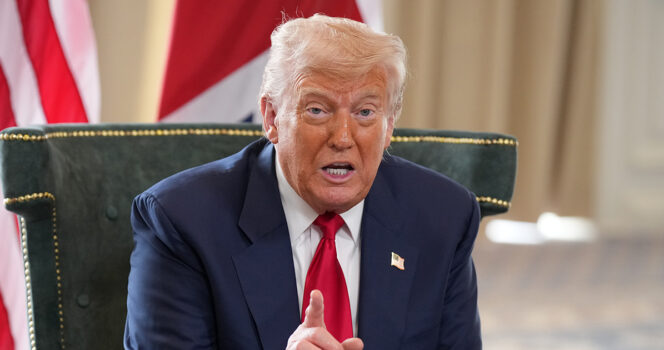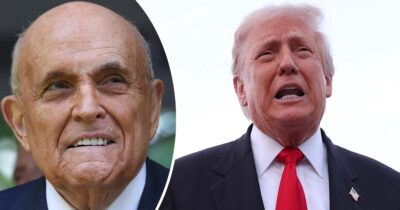
After years of frustration, lawsuits, and political back-and-forth, there’s finally some good news for millions of Americans crushed by student debt.
In a major move, the Trump administration has announced it will restart student loan forgiveness programs — giving teachers, public servants, and borrowers across the country a long-awaited shot at relief.
Here’s what’s changing, what it means for you, and how to check if you qualify for forgiveness:
Finally reached an agreement
Millions of Americans are once again eligible to have their student debt wiped away after the Trump administration struck a new agreement with the American Federation of Teachers (AFT).
Earlier this year, the AFT filed a lawsuit against the White House after the Department of Education halted processing for several income-driven repayment programs — including those that offered forgiveness for federal student loans.
Representing nearly two million educators, the AFT accused the administration of breaking federal law by blocking affordable repayment options. The freeze left borrowers with just one available choice: the Income-Based Repayment plan (IBR).
Randi Weingarten, president of the AFT, condemned the move at the time, telling The Guardian:
“By effectively freezing the nation’s student loan system, the new administration seems intent on making life harder for working people, including for millions of borrowers who have taken on student debt so they can go to college.
The former president tried to fix the system for 45 million Americans, but the new president is breaking it again.”
After months of negotiations, the Department of Education and the AFT finally reached an agreement on October 17.
The new deal – what it means
Under the new deal, the Trump administration will once again process forgiveness applications for borrowers enrolled in either the Income-Contingent Repayment (ICR) or Pay As You Earn (PAYE) programs, both of which were previously on hold.
According to CNBC, more than 2.5 million borrowers are currently enrolled in these repayment plans.
However, the relief comes with a deadline. As part of what Trump has dubbed his “big, beautiful bill,” both ICR and PAYE are expected to be phased out by July 2028.
For now, borrowers can check their eligibility through the official Federal Student Aid website, which explains:
“In certain situations, you can have your federal student loans forgiven, canceled, or discharged. That means you won’t have to pay back some or all of your loan(s).”
Public service workers — including teachers, government employees, and nonprofit staff — are among those most likely to qualify.
Educators may be eligible for up to $17,500 in loan forgiveness if they meet specific requirements.
According to Federal Student Aid, teachers must “teach full time for five complete and consecutive academic years in a low-income elementary school, secondary school, or educational service agency.”
To qualify, borrowers must also hold a Direct Loan or Federal Family Education Loan (FFEL).
The agreement marks a major win for millions of working Americans burdened by student debt — and for many teachers, it’s a long-overdue step toward financial relief. What do you make of this? Share your thoughts in the comments.
READ MORE
- Why Melania Trump ‘will never leave’ Donald revealed by former aide
- Kenny Loggins slams Trump over use of ‘Danger Zone’ in AI video




